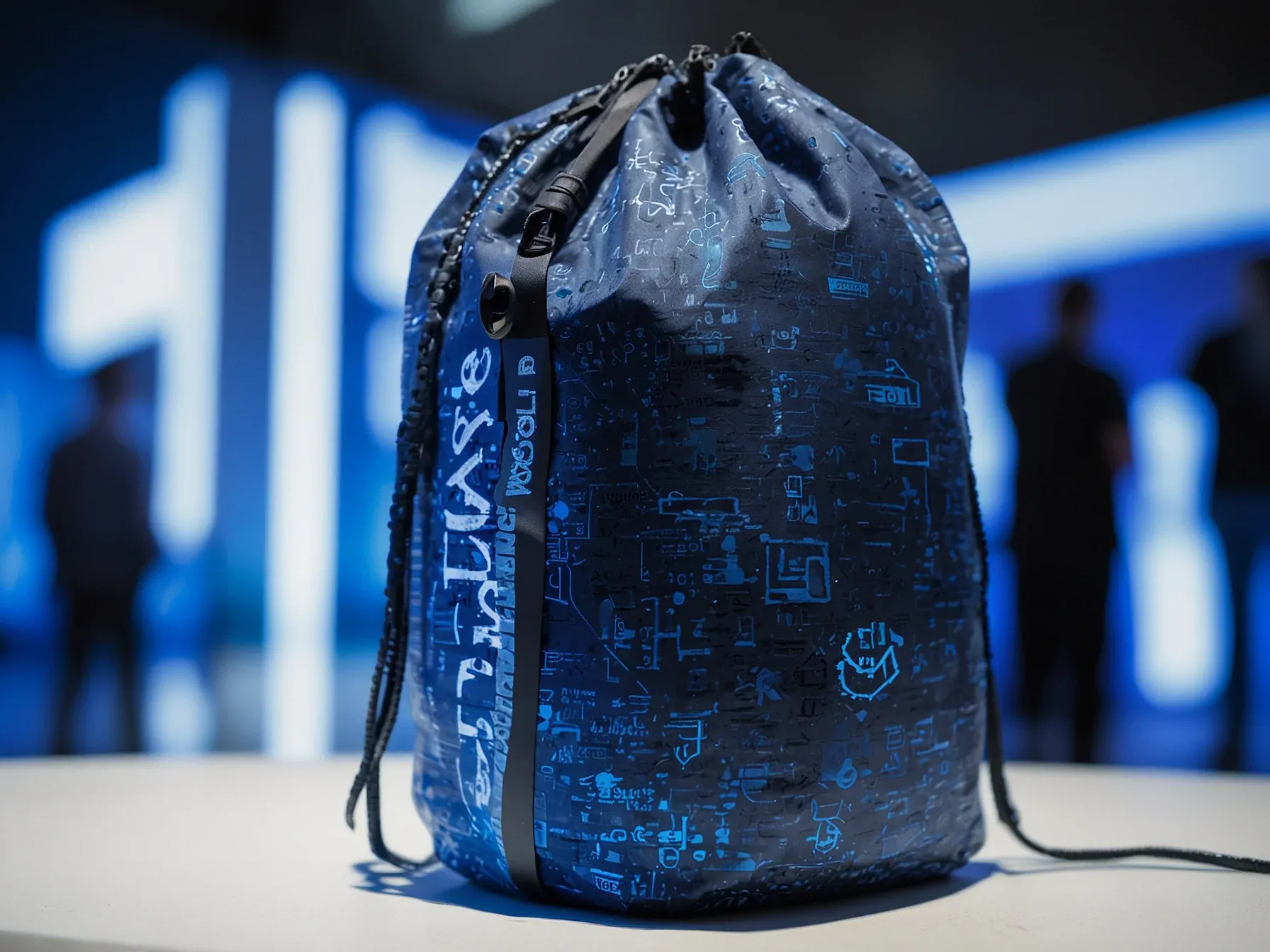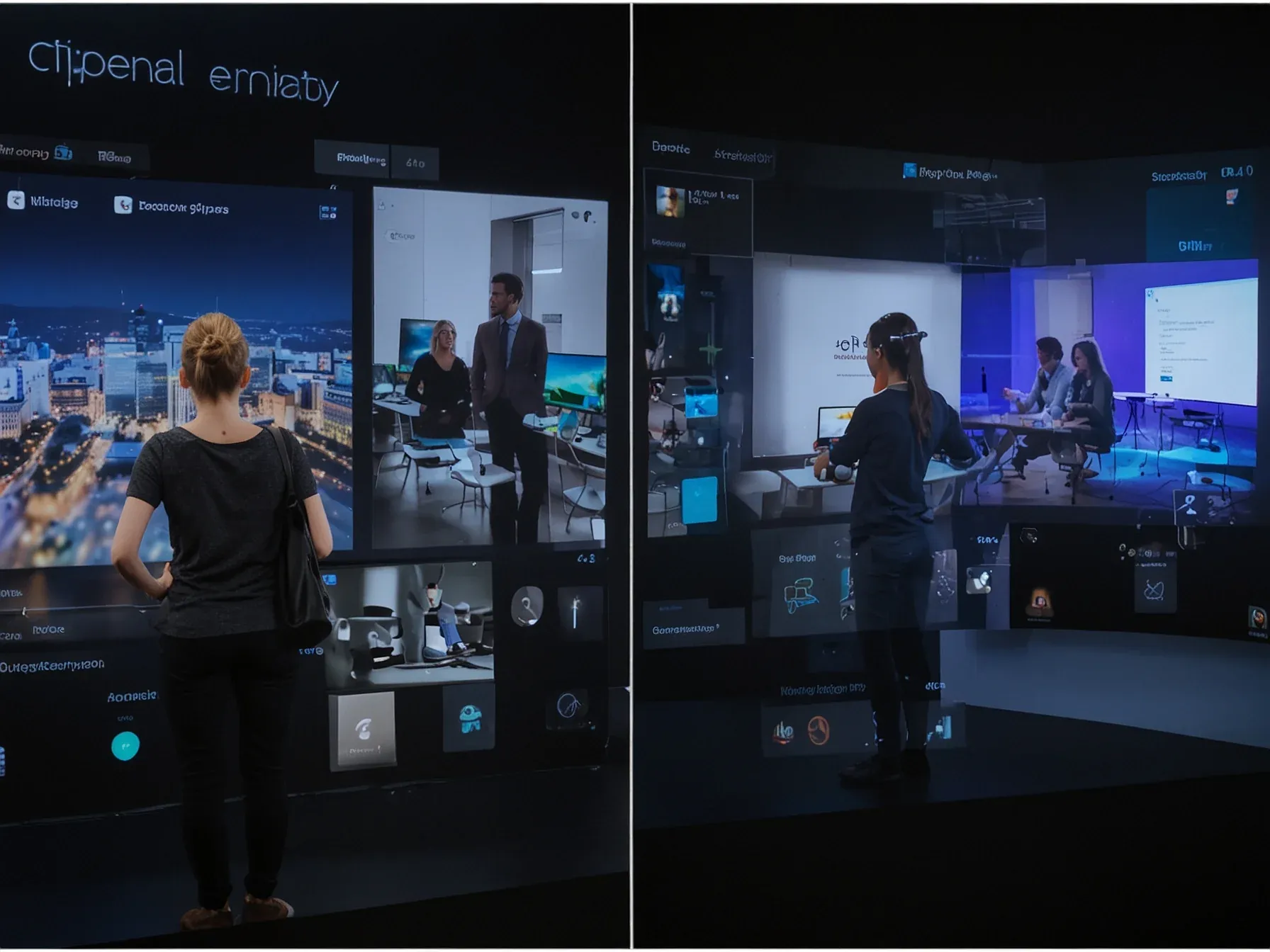
Jensen Huang notes China employs half of global AI researchers
Why does the balance of talent matter when the world watches the AI race? While the hype often focuses on breakthroughs, the underlying workforce tells a quieter story. Jensen Huang, Nvidia’s chief, recently pointed out that China’s research pool dwarfs most rivals.
The country’s government‑run model channels resources into a single, coordinated effort, giving its scientists a level of support that’s hard to match elsewhere. That structure, combined with a sheer volume of experts, translates into a steady stream of capable AI systems. It isn’t just about headline‑grabbing demos; it’s the day‑to‑day output of a workforce that, by Huang’s count, makes up half of the planet’s AI researchers.
The implication is clear: a nation that can marshal both people and policy may outpace competitors on more than just flash‑in‑the‑pan projects. This context frames Huang’s observation that “They (China) have many AI researchers, in fact 50% of the world’s AI researchers are in China. And they develop very good AI technology.”
The statement "They (China) have many AI researchers, in fact 50% of the world's AI researchers are in China. And they develop very good AI technology." made by Jensen Huang, captures this perfectly. China not only benefits from a centralized system established by its government, but also from the massive resourceful population.
One aspect of AI in which China is the undisputed leader is in Open-Source. Now let me get this straight: China didn't opt to take the open-source route due to altruism from its side. Instead, its due to competition, necessity, and strategy all colliding at once.
The open ended approach of China's LLMs clearly paid off, considering that most of the top models that are open-sourced are developed in China. Where the West leads in frontier intelligence, China leads in efficiency, scale, and accessible open-source models. When Western labs were closed, China filled the gap and basically took over the innovation loop for affordable and modifiable models.
But Western models have an advantage when it comes to performance. And the race is shifting from "who can build the biggest model?" to "who can deploy AI everywhere?" A.
China now hosts half of the world’s AI researchers, according to Nvidia’s Jensen Huang. That concentration, coupled with a centralized governmental framework, has helped domestic teams produce models that no longer look like mere “GPT knock‑offs.” New releases have pushed technical limits while staying economical and open‑source, drawing noticeable attention from the global community. Some of these systems already claim performance that exceeds well‑known services such as ChatGPT, Claude and Gemini, and they do so at a fraction of the cost.
But does scale automatically translate into lasting leadership? The article notes impressive strides, yet it offers no data on long‑term sustainability, deployment breadth or real‑world impact. Moreover, while the cost advantage is clear, the quality gap between Chinese models and their Western counterparts remains difficult to quantify without independent benchmarks.
Unclear whether the current momentum can overcome potential regulatory, talent‑retention or ecosystem challenges that any large‑scale AI effort inevitably faces. For now, the facts point to rapid progress, but the broader implications for the global AI race remain uncertain.
Further Reading
- Nvidia CEO says Chinese AI researchers are 'world-class' - Business Insider
- Half of Global AI Talent Is Chinese, U.S. Curbs Are a Mistake, Says Nvidia CEO - TMTPost
- Move over Harvard and MIT—this university might be winning the AI race - Fortune
- Nvidia CEO says China on track 'to win the AI race' - Axios
- Nvidia’s Jensen Huang praises China’s AI talent, warns US against restrictive chip rules - Business Today
Common Questions Answered
What proportion of the world's AI researchers does Jensen Huang say are based in China?
Jensen Huang stated that approximately 50% of the global AI researcher workforce is located in China. This figure highlights China's dominant position in the AI talent pool compared to other nations.
How does China's government‑run model contribute to its AI research capabilities according to the article?
The article explains that China's centralized, government‑run approach channels resources into a coordinated effort, providing scientists with strong institutional support. This structure, combined with a large population of experts, enables rapid development and scaling of AI technologies.
In what area of AI does the article claim China is the undisputed leader?
According to the piece, China leads unequivocally in the open‑source AI sector. Its domestic teams release models that are both technically advanced and freely available, setting a benchmark for global open‑source initiatives.
What claim does the article make about the performance of recent Chinese AI models compared to services like ChatGPT and Claude?
The article notes that several newly released Chinese AI systems already claim performance that surpasses well‑known services such as ChatGPT, Claude, and Gemini. These models demonstrate that China’s AI outputs are no longer mere "GPT knock‑offs" but competitive alternatives.




